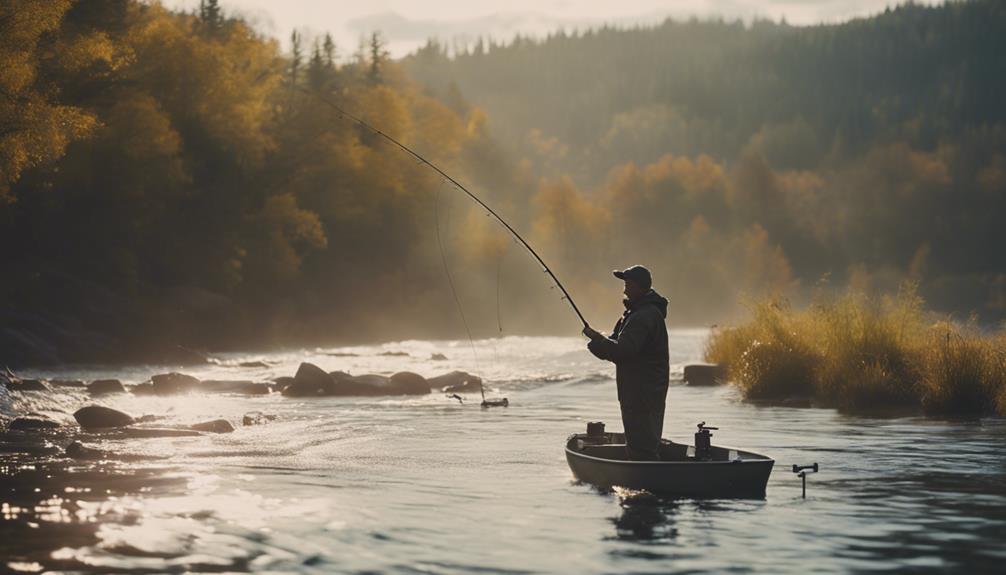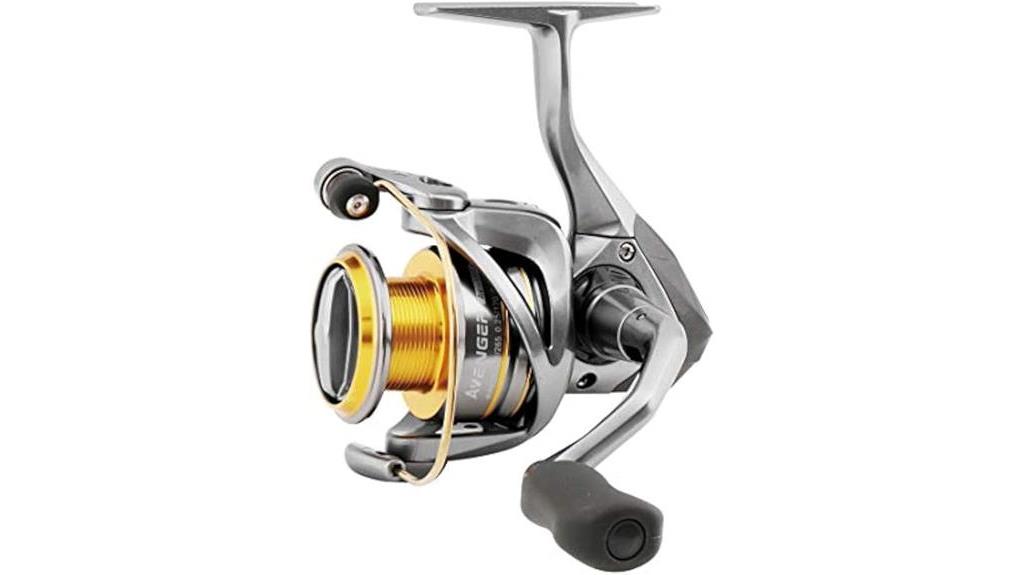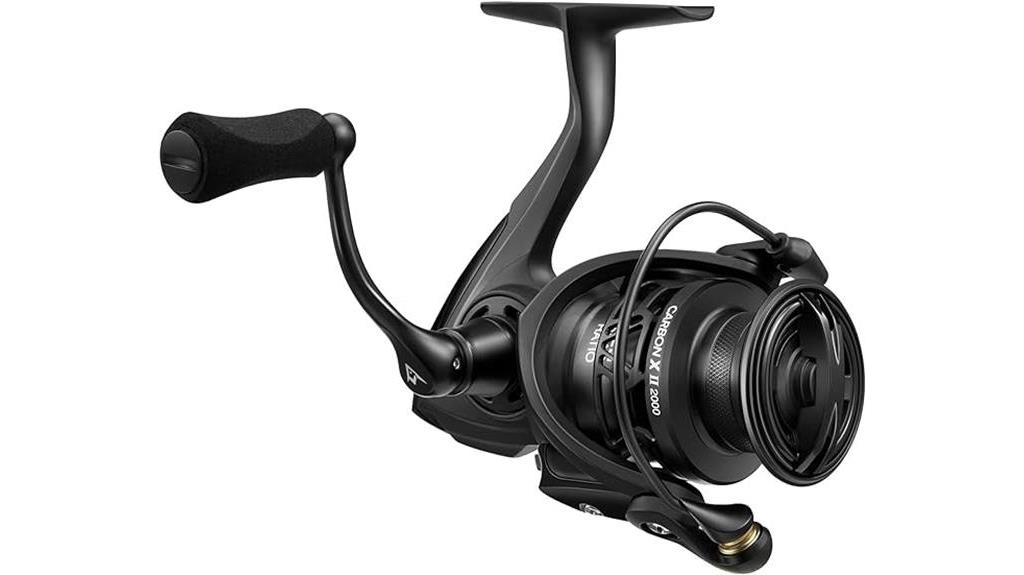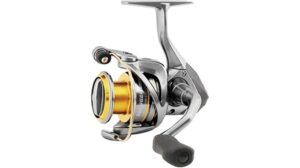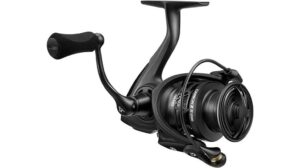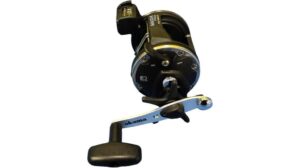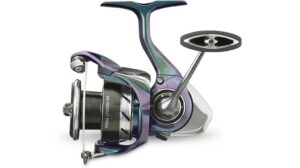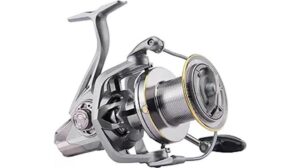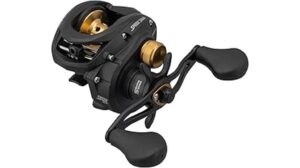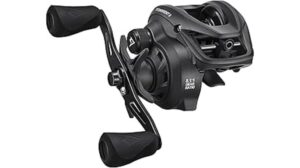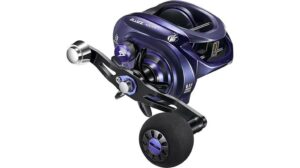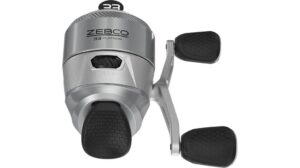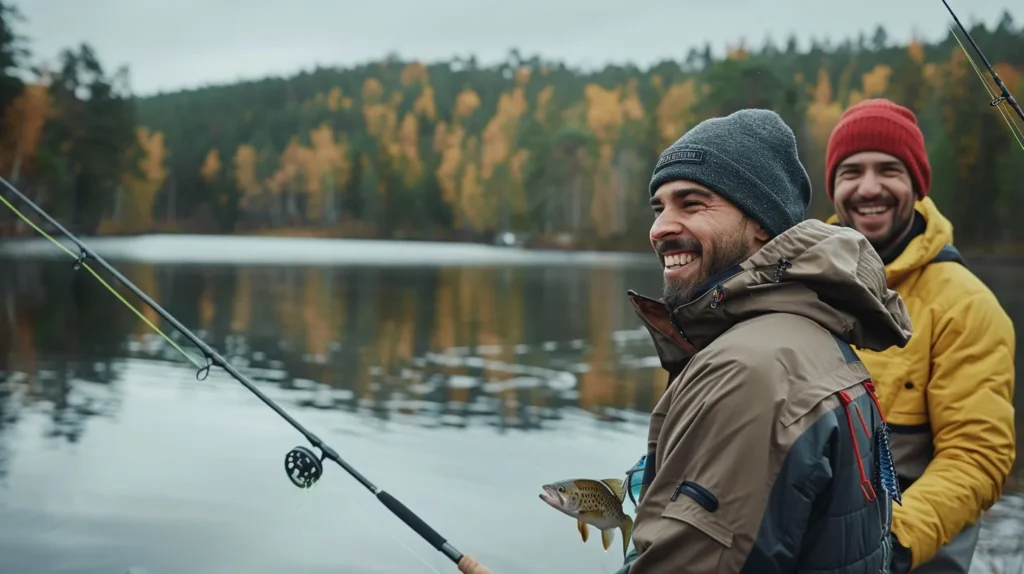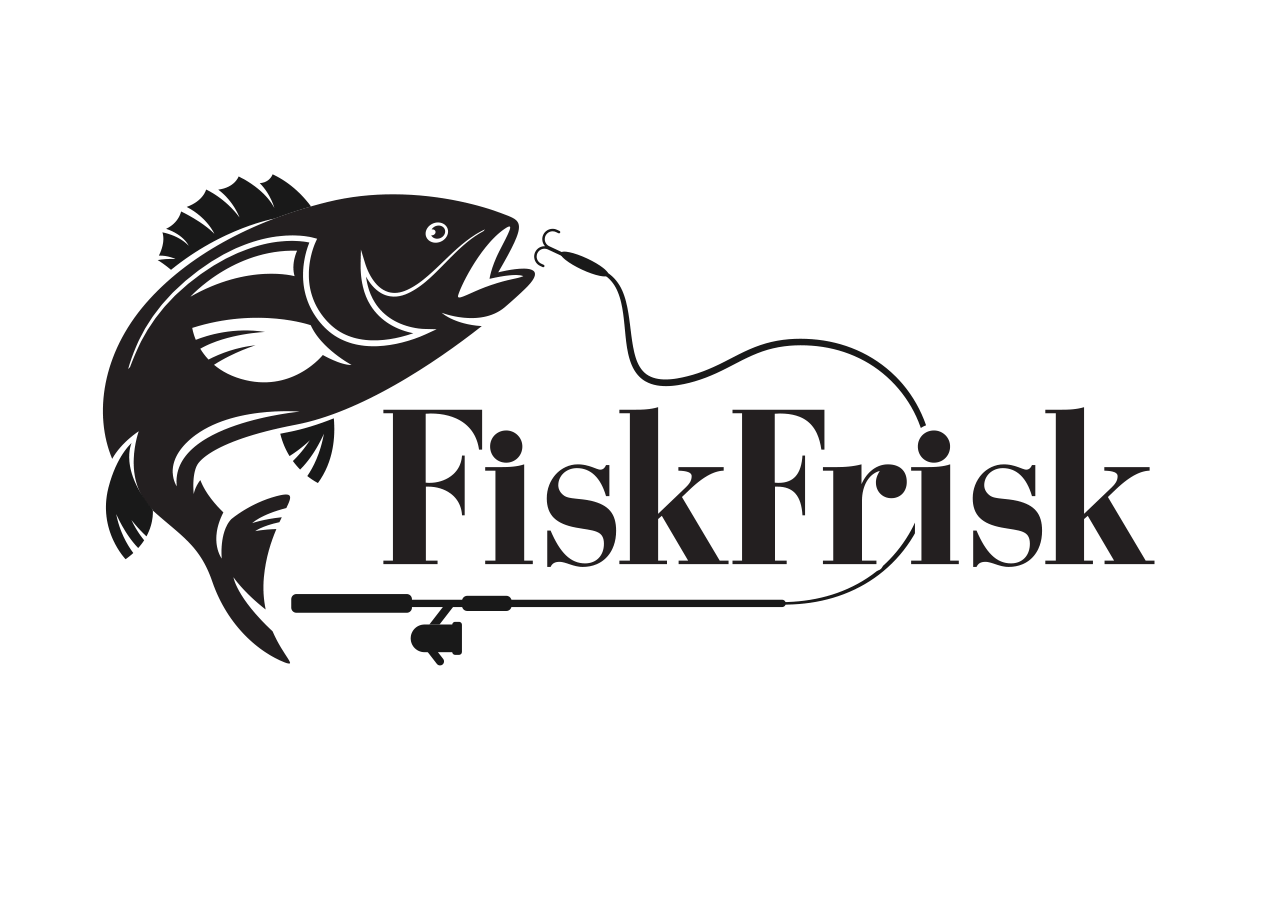Fishing in different water conditions requires adaptability and knowledge. We'll encounter various challenges, from calm lakes to choppy seas and flowing rivers. Each environment demands specific techniques and gear. In still waters, we'll use delicate presentations, while choppy seas call for heavier weights and sturdier rods. River fishing involves understanding currents and fish hideouts. Tidal zones present ever-changing opportunities, while murky depths need strong-smelling baits. Clear shallows demand stealth, and frozen lakes require specialized equipment. By mastering these diverse conditions, we'll become well-rounded anglers ready for any fishing adventure. The waters ahead hold secrets waiting to be discovered.
Calm Waters
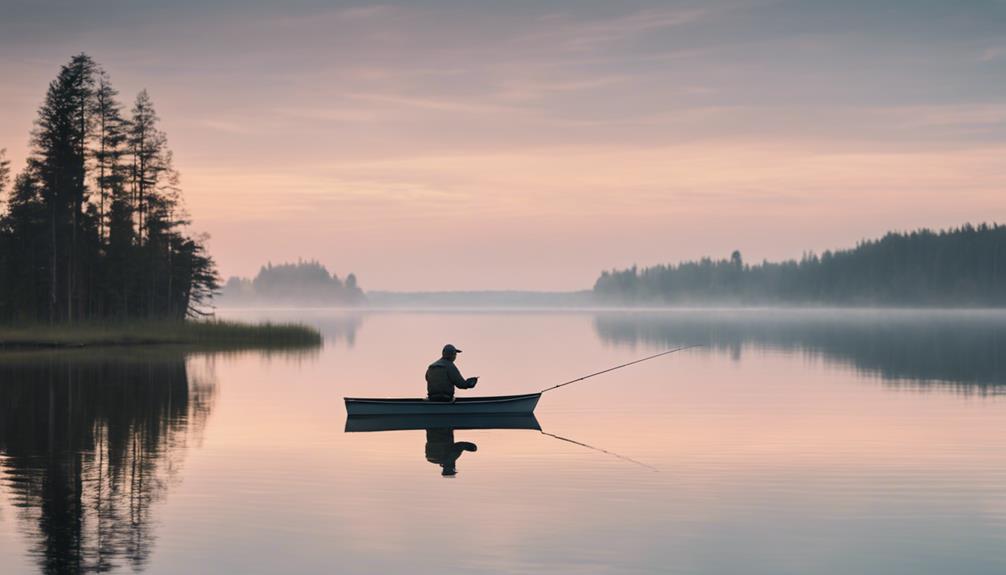
In the domain of angling, calm waters present a unique set of challenges and opportunities for fishing enthusiasts. We've found that these tranquil conditions often require a more delicate approach. Let's explore how we can adapt our techniques to make the most of still waters. From selecting the right lures to mastering stealthy presentations, we'll uncover the secrets to success in these serene environments.
Choppy Seas
Steering through choppy seas presents a thrilling challenge for anglers, demanding adaptability and resilience in the face of unpredictable conditions. We've got to be on our toes, adjusting our techniques to match the turbulent waters. Heavier weights and sturdier rods become our best friends, helping us maintain control and feel those bites. Let's embrace the excitement, knowing that choppy seas often bring bigger catches to those who persevere.
River Currents
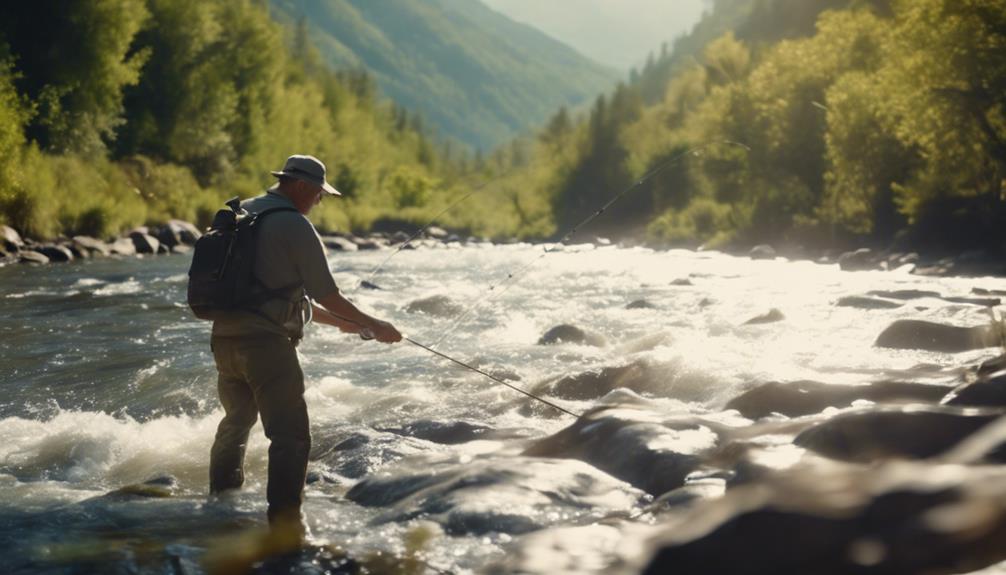
River currents shape the angling experience, offering a dynamic environment that's both challenging and rewarding for those who understand its nuances. We've found that success in these waters comes from reading the river's language – its riffles, eddies, and pools. By positioning ourselves strategically and adapting our techniques, we can entice fish hiding in the flowing water's pockets and seams.
Tidal Zones
Tidal zones present a fascinating challenge for anglers, as we're faced with an ever-changing environment that's influenced by the push and pull of the moon's gravitational force. These dynamic areas offer unique opportunities for fishing, but require us to adapt our techniques. Let's explore the key factors we need to take into account when fishing in tidal zones:
- Water depth fluctuations
- Changing currents
- Exposed and submerged structures
- Fish migration patterns
Murky Depths
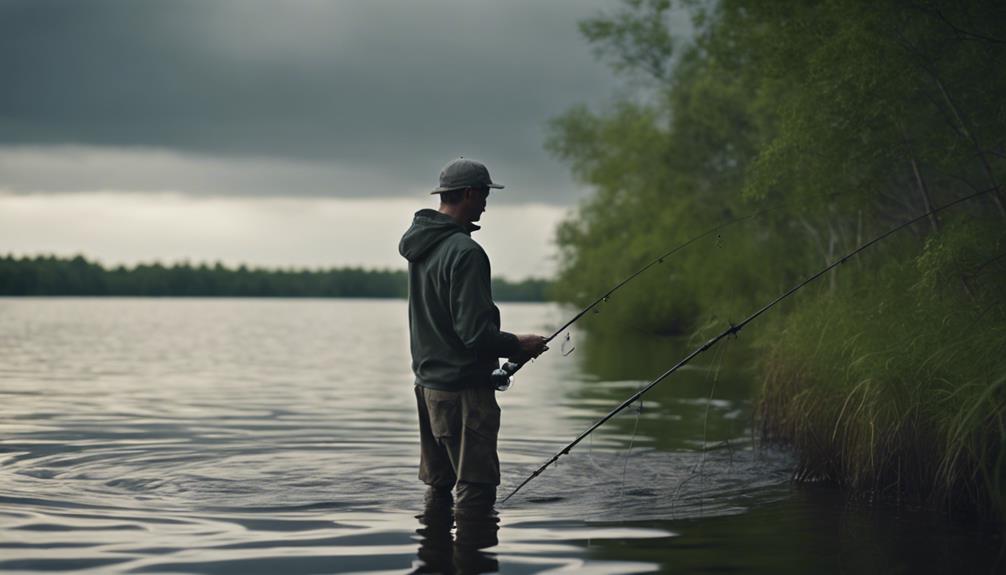
When we're faced with murky depths, we've got to adjust our approach and mindset to tackle the challenges of fishing in low-visibility waters. Let's explore some key strategies and techniques for success in these conditions:
| Technique | Description |
|---|---|
| Scent | Use strong-smelling baits |
| Vibration | Choose lures that create noise |
| Color | Opt for bright, contrasting colors |
| Slow retrieval | Give fish time to locate bait |
| Depth variation | Experiment with different levels |
Clear Shallows
In contrast to murky waters, fishing in clear shallows presents its own unique set of challenges and opportunities that we'll need to adapt to for success. The crystal-clear water allows us to see the fish, but they can see us too! Let's explore some key strategies for fishing in these conditions:
- Use lighter, more natural-looking lures
- Cast from a distance to avoid spooking fish
- Employ stealthy approaches and movements
- Focus on structure and cover where fish hide
Frozen Lakes

Ice fishing presents a thrilling challenge that transforms the angling experience, requiring specialized techniques and equipment to succeed in the frozen landscape. We'll need augers to drill through the ice, portable shelters to protect us from the elements, and special rods designed for vertical fishing. Let's not forget our safety gear – ice picks and flotation suits are essential. We'll target species like perch, walleye, and pike, using small jigs and live bait to entice these cold-water dwellers.
Conclusion
We've explored a range of water conditions and their impact on fishing techniques. From calm lakes to turbulent rivers, we've shared our insights to help you adapt and succeed. Remember, each environment presents unique challenges and opportunities. By applying the strategies we've discussed, you'll be better equipped to read the water, predict fish behavior, and make that perfect catch. Keep experimenting, learning, and most importantly, enjoying the diverse aquatic worlds that fishing offers!
